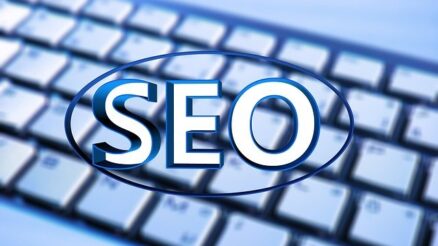Marketers and advertisers typically juggle many priorities simultaneously. They want to make the most of their available resources, achieve certain KPI targets, and at the same time, present the brand in the most positive and flattering light.
But one of the highest priorities of a person in marketing is achieving a positive, and preferably substantial return on investment (ROI). Does pay per click (PPC) advertising offer a positive ROI consistently? And if so, does that make it a reliable strategy to choose?
Table of Contents
ROI: A Marketing Perspective
In case you aren’t familiar, in the marketing world, ROI is a measure of how much value a strategy brings to your organization, compared to how much you spent on it. If you spend $5,000 on a marketing strategy, and that marketing strategy brings you $10,000 in new revenue, the strategy will have more than paid for itself.
Any positive ROI can justify the existence of a strategy, but most marketers shoot for strategic payoffs many times larger than their initial investment. Can you see such a positive return with PPC advertising?
Advantages of PPC Advertising
Let’s take a look at some of the factors that make PPC advertising advantageous from a marketing ROI perspective:
· Little (if any) wasted money. One of the greatest strengths of paying “per click” is that you never have to worry about wasting money. You’re only going to pay for the people who actually click on your ad, so every dollar you spend is going somewhere. Compare this to a traditional marketing strategy, like purchasing billboard space; there’s often no guarantee that people will see or notice your marketing material here.
· Ineligible click protections. Most platforms have built-in protections against ineligible clicks, helping advertisers filter out accidental clicks, double clicks, and clicks that were generated to sabotage a campaign. Because of this, there are few financial vulnerabilities that can drain your PPC strategy inorganically.
· Refined audience targeting. One of the greatest advantages of PPC advertising is the ability to target an audience with precise specificity. On Google and other platforms, you can deliberately choose to market to people based on their location, their preferences, and even their previous web history; this way, you can squeeze the most value out of every ad you place.
· Platform variety. Are you struggling to make a decent return with Google? Don’t worry. There are plenty of other ad networks to consider. These days, there are dozens of different PPC platforms you can use, each with their own set of tools, their own strengths, and their own weaknesses.
· Formatting flexibility. PPC ads don’t come in any one specific form. You can appeal to people with written ads, photographs, or even videos. This means there are practically no creative limits for you.
· Experimentation potential. Most PPC advertising platforms make sure to offer a robust set of measurement and analysis tools to their users. Because you’ll have access to these tools, you can experiment freely, measure your results, and use your new insights to plan even more effective campaigns in the future. As you learn more, your campaigns will get more and more effective, allowing you to make the most of every dollar you spend.
Drawbacks of PPC Advertising
However, there are also some ROI-related drawbacks of PPC advertising.
· Potentially high costs. ROI is jeopardized when costs climb too high. And unfortunately, PPC advertisements can be expensive. If your industry has significant competition, or if you’re targeting keywords that are hot commodities, you could end up artificially inflating the costs of your campaign.
· Inefficient scaling. Some marketing strategies, like organic search engine optimization (SEO), benefit from long-term scaling; over time, the strategy gets more and more effective, pushing your ROI higher and higher. This isn’t necessarily the case for PPC ads, however, since prices are determined by competition and your influence can’t organically grow in this space.
· Temporary nature. The PPC ads you buy are always temporary. As soon as you stop paying, or as soon as you turn off the campaign, the visitors will stop rolling in. Compared to strategies like content marketing, which focuses on developing permanent assets, this is disadvantageous.
· The learning curve. If you’re not familiar with the basics of PPC advertising or AB testing, you’re going to face a steep learning curve. The early iterations of your strategy may not come with attractive payoffs.
Unfortunately, it’s impossible to make a universal statement about the ROI of PPC ad campaigns. That’s because there are too many variables in play; some brands have seemed overwhelmingly positive results from their strategies, while others have lost money. Still, there’s tremendous potential in PPC advertising, so as long as you’re willing to learn, experiment, and scale your efforts, you’ll be in a much better position to see the results you want.



